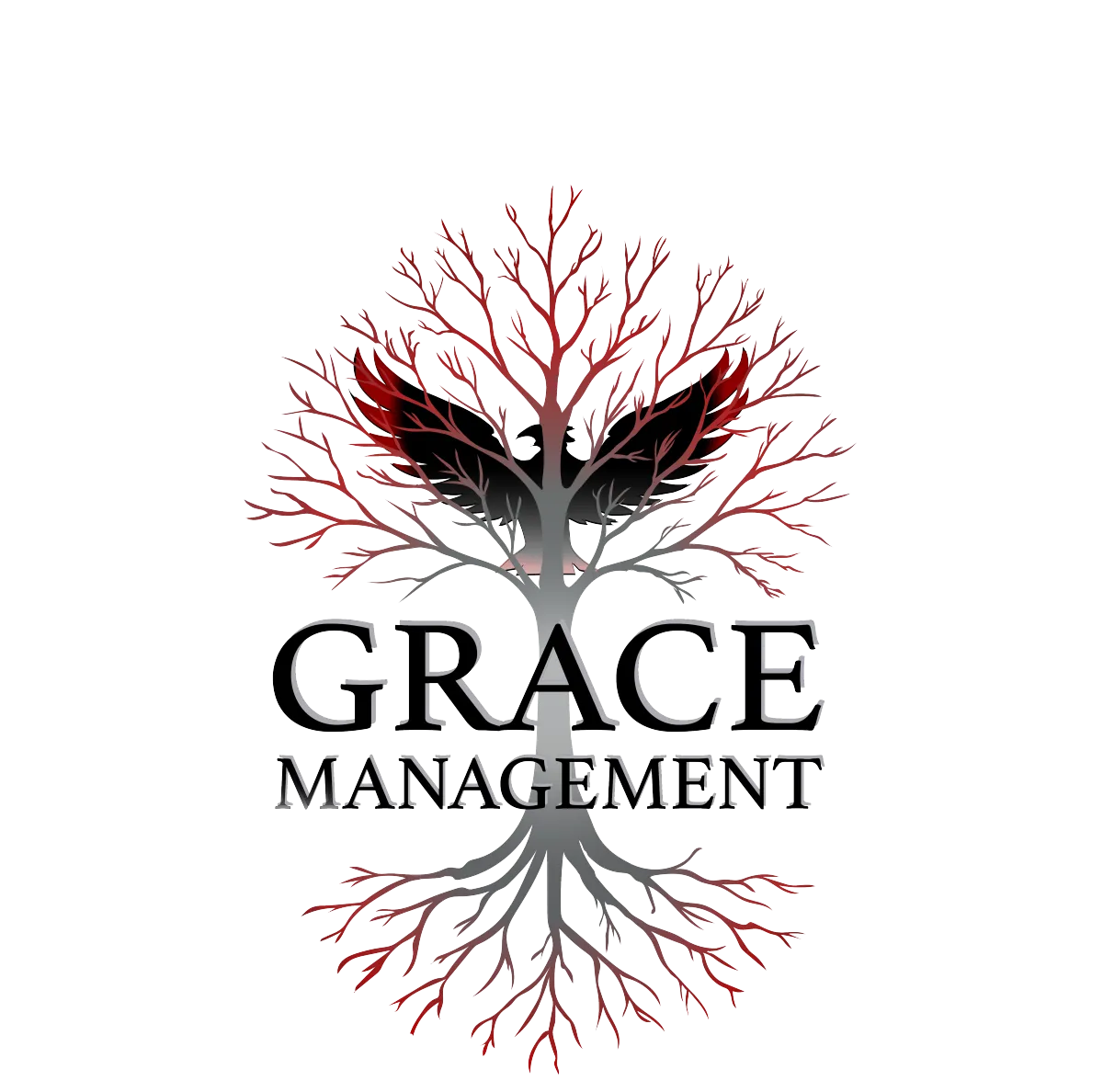Websites
Your 24/7 Sales Rep
(Who Never Takes a Sick Day)
Websites:
More Than Just
Digital Business Cards
Let’s be honest—
far too many business websites look like a glorified online brochure.
Static, boring, and about as persuasive as a damp piece of toast.
If that’s all your site does, you’re leaving money on the table.
A website isn’t just a place where people find you.
Done right, it’s where people get educated, nurtured, and converted.
It’s the hub where all your other marketing—
funnels, socials, SEO, ads—comes together.
Think of it as your digital headquarters.
If your socials are the welcome party and your funnel is the guided tour,
then your website is the actual home where the magic happens.
Why Your Website
Still Matters in 2025
Sure, you can sell on Instagram.
Sure, you can DM people on LinkedIn.
But when push comes to shove, prospects still want to check out your website.
Why? Because a solid website signals legitimacy.
Would you trust a “business” that only has a Facebook page and a Gmail address?
Exactly. A clean, professional website says:
“We’re real. We’re serious. We’ll be here tomorrow.”
It’s your 24/7 sales rep—
always available,
always working,
never asking for PTO.
The Anatomy of a
High-Performing Website
Not all websites are created equal.
A strong one combines design, function, and strategy.
Here’s what that looks like:
Clear Messaging –
Who you are, what you do, and why people should care—front and center.
No jargon. No fluff.
Strong Calls to Action (CTAs) –
Every page should nudge visitors to take the next step
(schedule a call, download a guide, make a purchase).
Mobile Responsiveness –
More than half of traffic is mobile.
If your site looks like a Picasso painting on a phone,
you’re losing business.
Speed –
People will wait 20 minutes in a Starbucks line,
but not 5 seconds for your site to load.
Priorities, right?
SEO-Friendly Structure –
Search engines should be able to crawl and index your site without breaking a sweat.
Trust Elements –
Testimonials, case studies, guarantees, certifications.
People need proof you’re not a scam artist.
Websites and Funnels:
Friends, Not Enemies
Some folks get confused here.
They ask: “If I have funnels, do I even need a website?”
The answer is yes. Funnels are for guiding specific customer journeys.
Your website is the broader ecosystem that supports them.
Think of it this way:
Funnels are laser-focused pathways (“Do this one thing now”).
Websites are comprehensive hubs (“Here’s everything we do, explore as you like”).
The two complement each other beautifully.
Funnels are the sharp spear;
your website is the solid foundation.
The Biggest Website Mistakes
(Please Stop Doing These)
Talking About Yourself Too Much – News flash:
visitors don’t care about your origin story until they know you can solve their problem.
Lead with value.
Cluttered Design –
If your homepage looks like Times Square at night,
people will click away. Clean beats chaotic.
No Clear CTA –
A website without calls to action is like a store with no cash register.
People wander in, but they can’t buy.
Ignoring Analytics –
If you’re not tracking how people use your site, you’re flying blind.
Set and Forget –
A website is not a one-time project.
It’s a living, breathing asset that needs updates, tweaks, and fresh content.
Storytelling Through
Your Website
Here’s a pro tip:
The best websites don’t just “inform”—they tell a story.
The hero? Your customer.
The guide? You.
The problem? Whatever keeps your customer up at night.
The solution? Your product or service.
When your site follows that story arc, people don’t just read your copy.
They see themselves in it.
That’s when clicks turn into conversions.
How Websites and
Other Marketing Steps
Work Together
Your website isn’t an island. It’s the glue connecting everything else:
Funnels drive focused traffic back to key landing pages.
CRMs track leads who come through your forms.
SEO ensures your site actually shows up when people Google you.
Socials direct traffic back to your site for deeper engagement.
Everything feeds into your site, and your site feeds back into everything.
It’s the loop that keeps your marketing ecosystem humming.
Metrics That Actually Matter
Don’t drown in Google Analytics reports.
Focus on these key numbers:
Traffic – How many people are showing up.
Bounce Rate – How many leave immediately (bad sign).
Time on Page – Are people sticking around or skimming and leaving?
Conversions – How many visitors take the action you want.
Source of Traffic – Where your visitors are coming from (SEO, ads, socials).
These numbers tell you if your site is pulling its weight—
or just taking up digital space.
The Long Game of Websites
A website isn’t a “launch and done” project.
It’s the central hub of your marketing that should evolve as your business grows.
Your offers, testimonials, design,
and even your blog should stay fresh.
Think of it like your wardrobe.
What worked in 2017 might not cut it in 2025.
If your site feels dated, clunky, or confusing, so will your brand.
One Last Snarky Truth
Let’s call it like it is:
having a bad website in 2025 is basically business malpractice.
It’s the digital equivalent of showing up to a sales meeting in sweatpants and flip-flops.
Sure, technically you can do it.
But you won’t be taken seriously.
Your website is your business’s handshake, smile, and elevator pitch all rolled into one.
So treat it like the revenue-generating asset it should be—
not an afterthought you grudgingly paid a freelancer for five years ago.
Because here’s the reality: your website is working for you 24/7.
The question is—is it working well, or working against you?
Ready to Start Your Business in OVERDRIVE?



